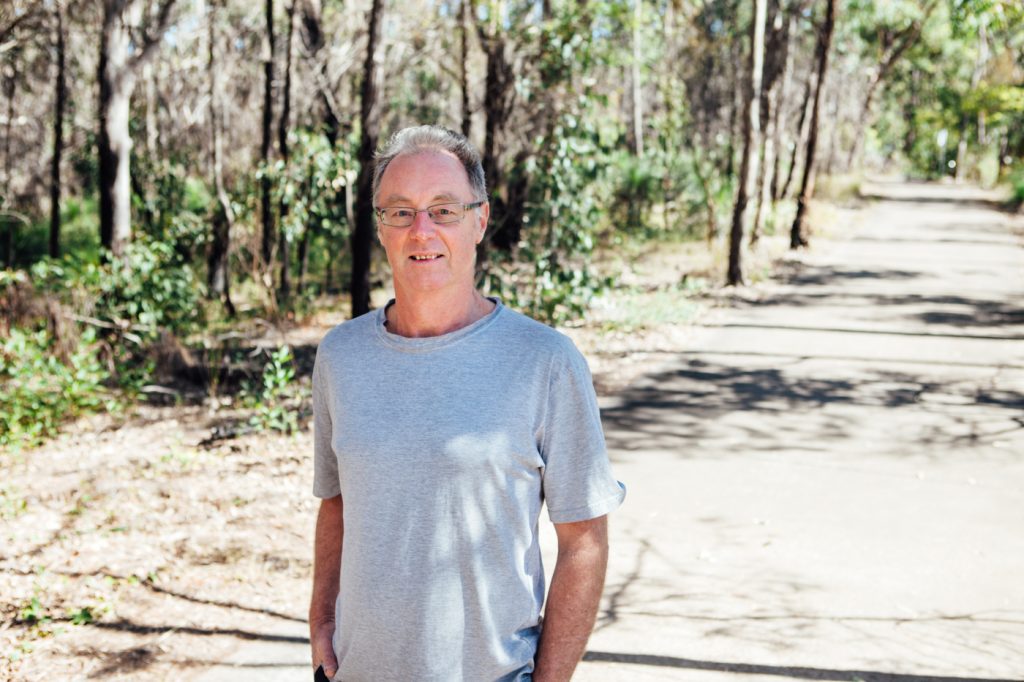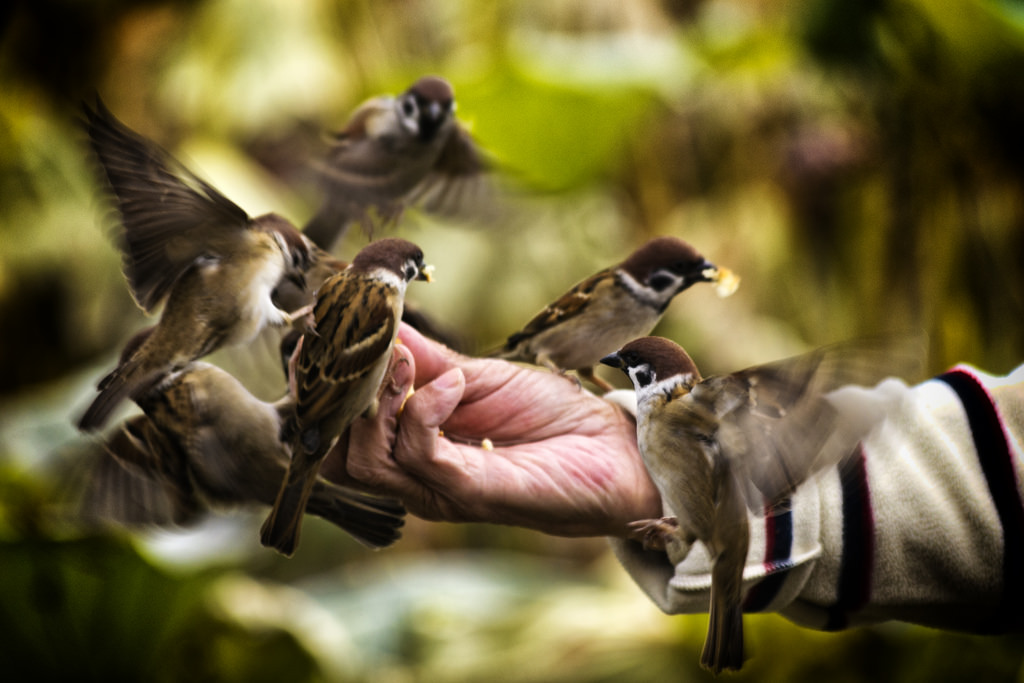As Australia reveals its bird of the year, Griffith University’s resident bird expert has shed light on the other issue the country is always torn on — feeding them.
Professor Darryl Jones, of the Environmental Futures Research Institute, has released the first ever book on a topic that almost everyone has tried.
Hailed as the country’s go-to magpie expert, it’s fitting the much maligned bird rated number one in The Guardian’s Australian Bird of the Year vote.
Professor Jones covers the reasons for and the implications of feeding birds in the wild in The Birds At My Table looking all international aspects of bird feeding and speaking with everyone involved in the field.
“This is the first detailed history of the practice and confronts many of thecontroversialaspects, such as do birds become dependent on the food we provide? Does feeding actually benefit the birds? Does it spread disease? Should people be encouraged to feed birds?
“The book is thoroughly researched but accessible to anyone with an interest in the fascinating topic.”
Professor Jones has been with Griffith forover 30years and is a behavioural ecologist working in the fields of urban ecology and wildlife management.
He is well-known for his commentary onurban wildlife, especially magpies, which are also the most commonly fed bird in the country.
“More people feed magpies than any other species, probably a key reason for them being Australia’s favourite.”
The book will be available in March and will be published in Australia by NewSouth Press.

Ten things you need to know about feeding wild birds at home:
- Wild bird feeding is the most popular form of interaction with wildlife.
30-75% of households in the US, UK, Germany and New Zealand and Australia spend money billions of dollars every year on the practice.
- Wildlife feeding is strongly promoted by almost all bird and conservation groups worldwide
The sole exception is Australia, where it is widely opposed (yet still practiced by millions).
- Although enormous amounts of bird food are provided, none of it is necessary
None of the seeds or other things (bread, mince etc.) used to attract birds are part of the natural diet (but they are still eaten).
- People’s biggest concern is that the birds will become dependent on this food
Yet there is no evidence of this occurring. Except in extremely cold conditions, the diet of almost all species is mostly of natural items, even where a lot of feed is supplied.
- The biggest concern should actually be about disease
Feeders unnaturally concentrate birds in small spaces, increasing the change of spreading infection. There have been a lot of very serious outbreaks as a result.
How to feed birds safely:
- We feed birds for us, not them
Almost none of our feeding is necessary, but it can be a wonderful experience.\
- Provide a nutritious snack not a three-course meal of junk food
Limit the amount of food provided and think about quality. Nothing with too much salt, fat or sugar. Pet food not mince. Never bread or biscuits.
- Always keep the feeder clean
Remove all leftover seed and waste every day. Wash thoroughly and regularly.
- Never feed birds in natural areas or parks
You can control the supply and quality at home. You can’t elsewhere and the consequences can be serious.
- Enjoy the experience!
It is a privilege to have wild creatures visit us at our homes. Be a considerate and appreciative host.
